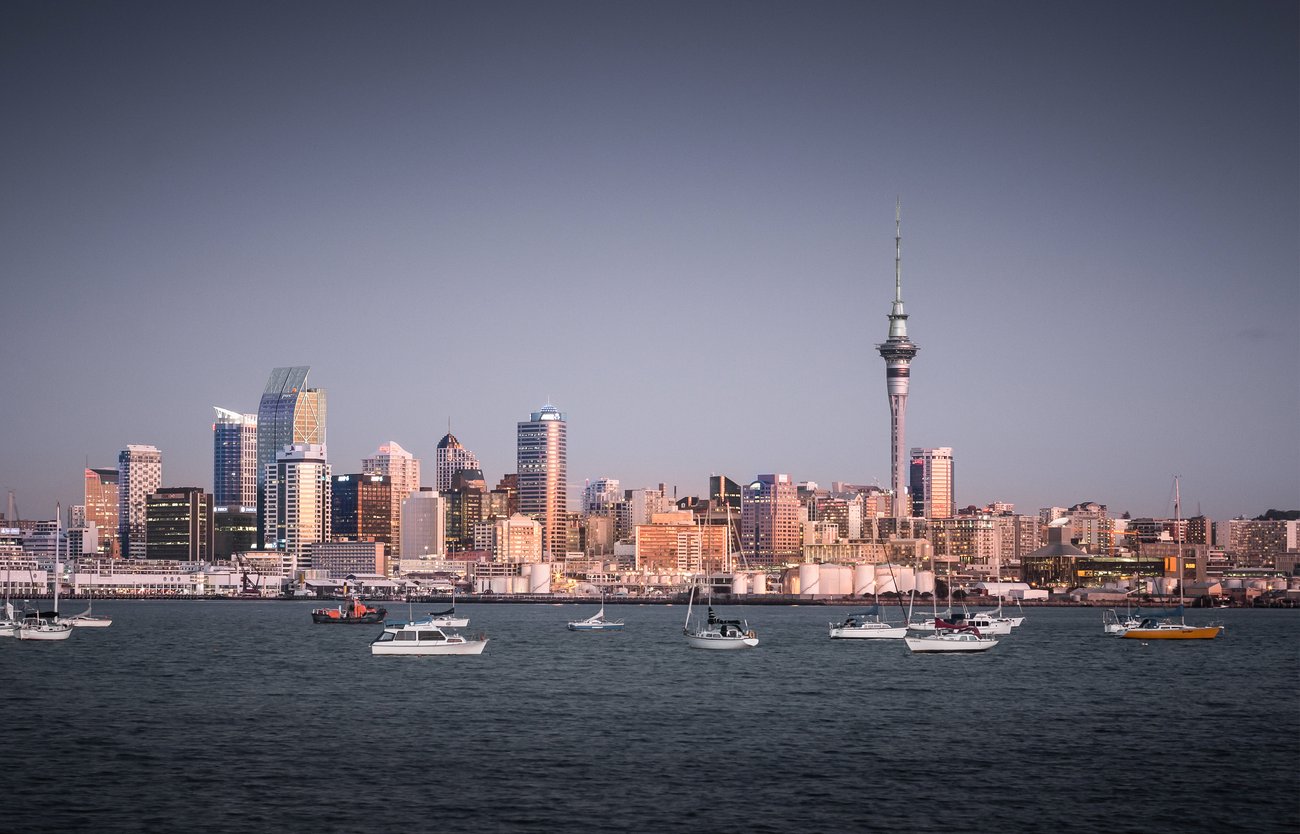
Chris Brown and Dawid Wisniewski run the visualisation team at architectural practice Warren and Mahoney.
They deal with two to three deadlines a week in the changing art of visualisation. And as the quality of television and photography definition increases, so to does the expectation that architectural visualisations match them with flair.
Visualisers allow stakeholders to understand a concept more readily and make decisions quicker.
Earlier this month Brown and Wisniewski were the only international team to present at Autodesk ASEAN conferences in Bangkok, Kuala Lumpur and Singapore.
Their role was to “see the future” by creating imagery such as renders, animations and mini video presentations of building designs.
From the early days of flat concept sketches presented to clients with a gimmick or two, major technical advancements have been made to add cinematic techniques to the images.
It is now commonplace for concept designs to utilise virtual reality and drones.
“Having better technology means the possibilities are that you can present design in a real-life experience way, instead of preparing something beforehand, you can present it live to the client,” Wisniewski says.
A few years ago, the only way to achieve aerial photos was to hire a helicopter, which was both arduous and expensive.
“Drones are a welcome change for the industry, they can get places helicopters can’t like under bridges and even inside the building,” Brown says.
Aside from the fast-changing camera technology, there is also an increased emphasis on virtual reality.
Brown and Wisniewski are researching what virtual reality can bring to their work in the future.
“It provides stakeholders with an experience of a place, rather than just an impression,” Brown says.
Wisniewski says 3D printing will play a greater role in concept design in the future, but the technology isn’t quite there yet.
“We are looking forward to seeing significant improvement in 3D printing. It’s in its infancy at the moment but in the next few years that will boost and become more affordable.”

As the technology develops, sketches are becoming less important and the rise of tablets and computer software is taking over.
“It doesn’t remove the need for an artistic eye and flair to produce imagery though, that is always the most important thing,” Brown says.
The biggest problem with virtual reality at the moment is getting it to the quality of a still image.
Still images are relativity easy to get to a high finish, but with virtual reality it’s a balance between quality and time.
“It’s motivating us to research more to be more efficient with using the new technology,” Wisniewski says.




